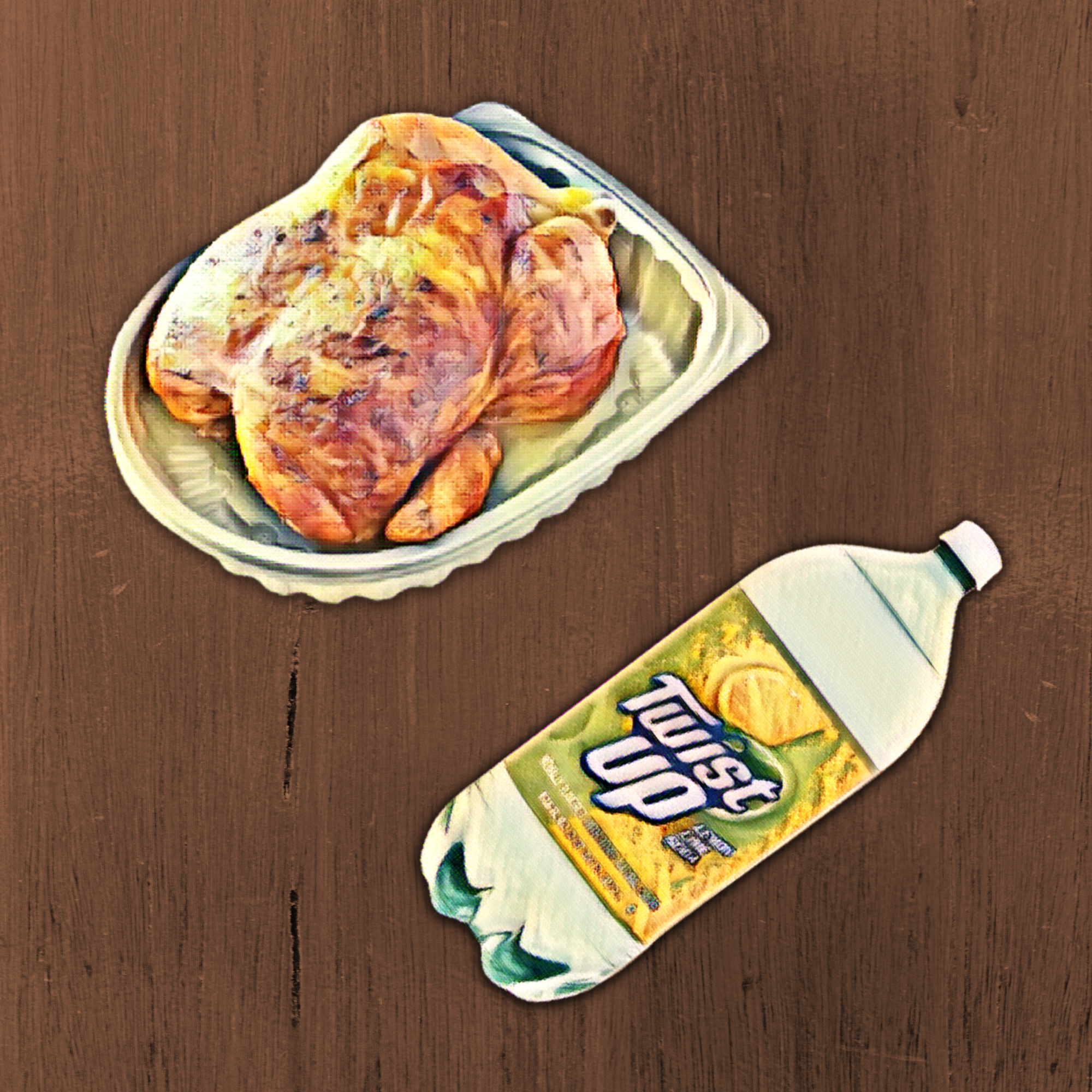- Magazine Dirt
- Posts
- Pure Moods
Pure Moods
...or pure horror?

It’s February 12th. We will not be bringing you date night ideas or a list of expensive vibrators. Instead, we’ve devoted the week to Pure Moods, a series of compilation albums that kicked off in the ‘90s.
Why? Why not.
First up: Zach Schonfeld on the strange link between the Pure Moods franchise and horror soundtracks.
No one who grew up in the 1970s would associate Mike Oldfield’s “Tubular Bells” with relaxation. The creepy piano patterns and chiming bells of Oldfield’s signature work originated when the British musician was an LSD-using 19-year-old prodigy, playing 20 instruments himself. By 1973, they summoned sheer terror, thanks to their use in The Exorcist (1973), a film frightening enough to cause vomiting and fainting in theaters. Pull up the music on YouTube, and you’ll find comments like “My heart still races when I hear this music” and “46 years later and the chills still come when I hear this…”
After The Exorcist came out, Tubular Bells (the LP, that is, consisting of two marathon-length instrumental tracks of no obvious commercial appeal) became a surprise best-seller and helped put Richard Branson’s then-fledgling Virgin Records on the map. As Oldfield later mused, “I’m the godfather of scary movie music.” In the halcyon days of the ’70s, chills could sell.
But in the market economy of the mid-nineties, “chill” was what sold. And so “Tubular Bells Part 1” became a centerpiece of Pure Moods, the popular new age-slash-smooth-jazz compilation that funneled The Orb and Brian Eno and French trip-hop into millions of suburban living rooms during the height of the CD era. As Mina Tavakoli wrote in a Pitchfork Sunday review, “the 17-song compilation album, advertised in 60-second hallucinations disguised as infomercials, was a warm vat of music that we might today refer to loosely as ‘new age.’ Its carefully selected tracklist … seemed engineered to induce a ridiculous sort of fugue state.”
In the woo-woo infomercials that sold Pure Moods, a male voice implores us to “set adrift with the timeless pleasures of ‘Tubular Bells.’” Ah yes, timeless pleasures. That an eerie opening theme from The Exorcist could be sequenced beside Enya’s yoga-core anthem "Orinoco Flow" and retrofitted as soothing new age manna is an interesting commentary on music’s capacity to contain multitudes. It’s worth noting that Pure Moods was a product of Virgin Records, the corporate house that “Tubular Bells” built, which was cleverly mining its back catalog for profit.
In the context of Pure Moods, film scores were detached from their narrative contexts and mined for some vague sense of “transcendence”
There’s a cognitive dissonance that comes with realizing that key tracks on Pure Moods—an ostensibly spirit-healing mood-music bonanza—were previously used in horror or horror-adjacent soundtracks. The 1994 compilation, for instance, includes Angelo Badalamenti’s mournful “Twin Peaks Theme,” familiar to fans of David Lynch’s cult series, while the 1997 rerelease adds Badalamenti’s “Theme from Twin Peaks: Fire Walk with Me” and DJ Dado’s goofy, throbbing remix of the iconic X-Files theme music.
Meanwhile, Instrumental Music, the 1995 Pure Moods spin-off album, makes use of Oldfield’s “Sentinel”—a modern reworking of the eerie “Tubular Bells” melody—as well as Giorgio Moroder’s theme music from Midnight Express (1978), the harrowing Turkish prison movie. What’s more soothing than a Turkish prison?
In the context of Pure Moods, film scores were detached from their narrative contexts and mined for some vague sense of “transcendence,” suitable for dinner parties and day spas alike. The compilation shrewdly capitalized on the shift from booming, orchestral movie scores to more ambient, ethereal compositions, as mastered by composers like Badalamenti and Ryuichi Sakamoto.
Audiences responded in droves, largely thanks to those commercials, which successfully targeted an older, female demographic (the moms, perhaps, of the teens targeted by Now That’s What I Call Music!). In an unusual strategy, Pure Moods sold more than a million copies before being properly released in stores. “This is a record [for] people who don’t want to take the time to go to Tower and search through the racks,” Virgin marketing exec John Wooler told the New York Daily News. “They can just pick up a phone.”
He added: “It’s a kind of music you don’t need to listen to closely. It’s just something you can relax to.”

GONE VIRAL
|
|
|
|
|




